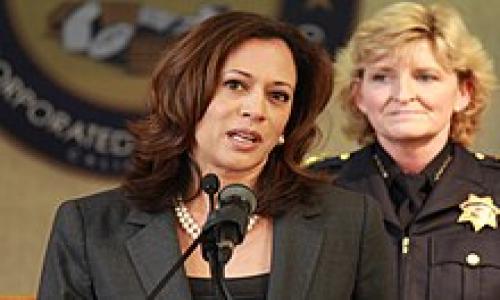In 2004, while the housing market was going strong and Wall Street was churning out mortgage backed securities, a former Dr. and now hedge fund manager named Michael Burry began to take big bets against the housing market. He did this by essentially picking up cheap insurance on sub-prime bonds that no one on Wall Street wanted.
In an excerpt in Vanity Fair from his soon-to-be-released book The Big Short: Inside the Doomsday Machine, Michael Lewis chronicles how Burry went from being a Doctor to a savvy investor who identified the housing and credit bubble and then figured out a way to bet against it. I've always enjojed Michael Lewis's articles and books. Amongst the books he has written are: Liar’s Poker, The New New Thing, Moneyball, The Blind Side, Panic, Home Game and The Big Short,
The article itself is fascinating. Once again, it shows how many smart investors were either clueless about what was happening with housing or simply didn't want to believe the good times would ever end. Here's one excerpt:
"Once again they shocked and delighted him: Goldman Sachs e-mailed him a great long list of crappy mortgage bonds to choose from. “This was shocking to me, actually,” he says. “They were all priced according to the lowest rating from one of the big-three ratings agencies.” He could pick from the list without alerting them to the depth of his knowledge. It was as if you could buy flood insurance on the house in the valley for the same price as flood insurance on the house on the mountaintop."
In essence, the big Wall Street firms and their investors had no idea that the subprime market or the housing market were going to unravel. Burry new and didn't believe that bubbles could only spotted in hindsight.
"“It is ludicrous to believe that asset bubbles can only be recognized in hindsight,” he wrote. “There are specific identifiers that are entirely recognizable during the bubble’s inflation. One hallmark of mania is the rapid rise in the incidence and complexity of fraud.… The FBI reports mortgage-related fraud is up fivefold since 2000.” Bad behavior was no longer on the fringes of an otherwise sound economy; it was its central feature."
The article also provides some insight into the paralysis that gripped Wall Street as the housing market began to collapse. When he tried to get in touch with his contacts at the major banks, they were all either sick, or having computer problems, or experiencing some other cataclysm which prevented them from helping hiim. "“This is a recurrent theme whenever the market moves our way,” wrote Burry. “People get sick, people are off for unspecified reasons.”
Part of the article details Burry's discovery that he has Asperger's syndome. Asperger's is on the Autism spectrum. He is uncomfortable around people, and prefers working alone. The article makes the case that his syndome helped him see what many others didn't. It also gave him the focus and patience to pour over bond filings and read into the minutae of how individual sub-prime bonds worked.
For me, the bottom line of the article is that bubbles can be spotted if is willing to take a contrarian viewpoint. Not only that, but a lot of smart people often bet very wrong. Burry was just smarter than the rest of them.
I now look forward to reading the book.













Add your Comment
or use your BestCashCow account